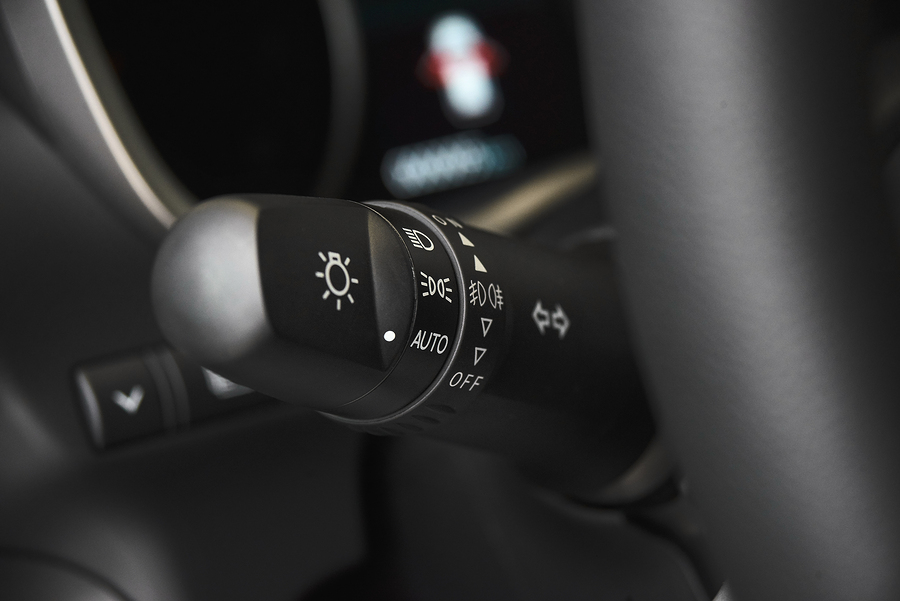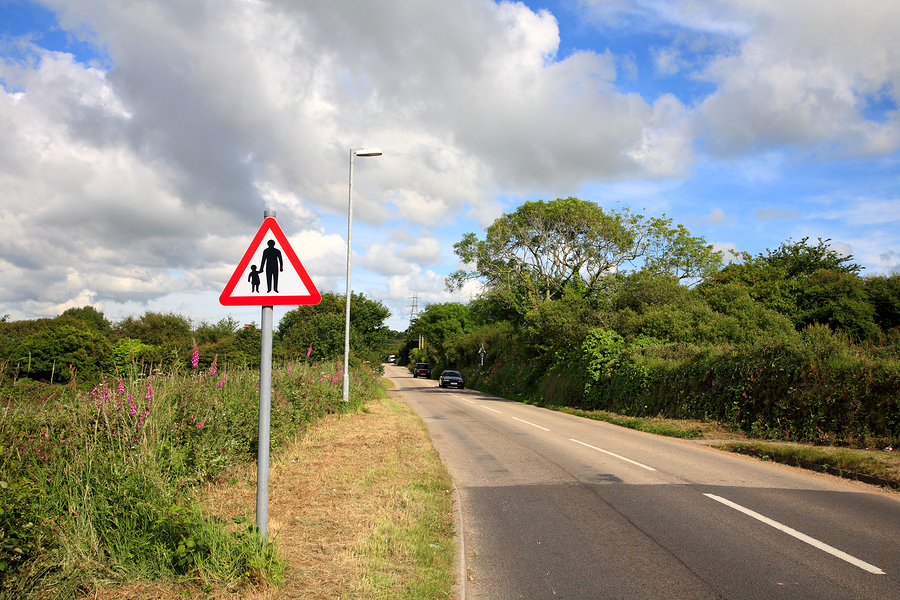Nobody is the perfect driver and as time goes by, it’s likely that you not only gain valuable experience at the wheel, but also develop some bad habits along the way too.
There’s no better time to take an honest look at your own driving abilities than the start of a new year, as it’s particularly important to be safe if you’re out driving after dark in the winter months, or on wet or icy roads.
Here are five of the top driving New Year’s resolutions to help you tackle those bad habits and do your bit to keep the roads safer during this coming year and beyond.
1. Don’t drive tired
It goes without saying that you should not drive if you are excessively tired, or if your driving is impaired by drink or drugs, so if you’re someone who even occasionally pushes the limits on this, make it your year to stop.
We all know the reasons why drink-driving, drug-driving and overly tired driving are a danger to yourself and other road users, so make it your driving New Year’s resolution to stay on the right side of those limits.

2. Use indicators correctly
Flicking on your indicator before making a manoeuvre should be second nature to any competent driver, yet many of us don’t do it every time we should.
That doesn’t just mean signalling to other cars before making a turn – your indicators also tell pedestrians where you are going and can show your intention to change lane or your intended exit on a roundabout, as well as turning off at a junction or pulling over to park.
Parking in particular is one time where an indicator should do the trick – there’s no need to use your hazard lights if you are coming to a controlled stop, as other motorists are more likely to assume you have a problem if you flick them on before pulling over.

3. Read the Highway Code
The Highway Code is an important reference for all kinds of things, from street signs you must understand and follow, to using your horn or hazard lights, so if you haven’t looked at it since you passed your test, give yourself a refresher course.
It’s also a good idea to do this if you’ve moved house, as there might be signs in your new area that you haven’t encountered before, such as speed limit signs for trams in urban areas like Manchester.

4. Aim for no minors on your MOT
The new MOT rules mean you might get flagged up for minor faults that still mean your vehicle is roadworthy – so don’t just ignore these.
By taking action on anything flagged up as a minor fault on your MOT, you prevent problems from worsening over the next 12 months, and can hopefully avoid even more costly repair work at a later date.

5. Protect your paintwork
After a few years of owning the same car, you’re probably not still jet washing and waxing it every weekend, especially in winter – so why not give it a vinyl car wrap to restore its appearance and protect the paintwork at the same time?
With a vinyl car wrap you can change the vehicle’s colour quickly or even add images to your doors, boot and bonnet – and at a later date the vinyl can be peeled off to reveal the original paintwork underneath.

